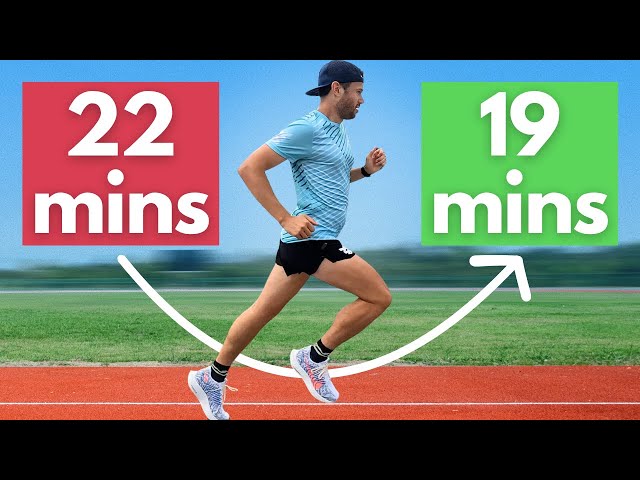Distance running requires a combination of stamina, strength, and mental fortitude. While traditionally, long runs have been the cornerstone of marathon and half-marathon training, High-Intensity Interval Training (HIIT) has gained popularity as an effective method to boost endurance. This training technique not only challenges the body in new ways but also improves cardiovascular capacity, making it an excellent complement to long-distance running.
What is HIIT?
High-Intensity Interval Training, or HIIT, involves short bursts of intense exercise alternated with periods of rest or low-intensity activity. A typical HIIT session can last anywhere between 20 to 30 minutes and is characterized by pushing the body to near full capacity during the intense phases. Despite its relatively short duration compared to traditional long runs, HIIT is highly effective in enhancing aerobic and anaerobic fitness.
Benefits of Incorporating HIIT into Distance Running Training
When combined with regular distance running, HIIT can bring several benefits:
- Improved VO2 Max: HIIT increases the amount of oxygen your body can use during exercise, which is critical for endurance events.
- Increased Muscle Power: The intense phases help build muscle strength and power, providing greater push off and speed during runs.
- Enhanced Metabolism: HIIT pushes your metabolism into high gear, which can aid in burning fat more efficiently, helping reduce race day weight.
- Time Efficiency: For busy runners, HIIT provides an effective workout in less than half the time of a traditional long run.
Designing a HIIT Routine for Runners
When integrating HIIT into your running regimen, balance is key. Here’s a sample weekly plan that includes both elements:
- Monday: Rest or easy run (3-5 miles)
- Tuesday: HIIT workout – 5 x 400m sprints with 1-minute rest intervals
- Wednesday: Mid-distance steady-state run (5-7 miles at a comfortable pace)
- Thursday: HIIT workout – 3 x 1km repeats at race pace with 2-minute rest intervals
- Friday: Rest or cross-training (yoga, cycling)
- Saturday: Long run at a conversational pace (10+ miles)
- Sunday: Recovery jog or active recovery, focusing on gentle movement
Tips for HIIT Success
To maximize the benefits of HIIT without risking injury, consider the following tips:
- Warm-Up Properly: Always start with a dynamic warm-up to prepare your muscles and reduce injury risk.
- Listen to Your Body: Between sessions, assess how you feel. If you’re overly fatigued, modify the intensity or duration.
- Focus on Form: Particularly during high-intensity intervals, prioritize form over speed to prevent injuries.
- Incorporate Strength Training: Equip your body with the strength needed for intense workout phases by including functional strength exercises.
The Science Behind HIIT and Endurance
Several studies have highlighted the effectiveness of HIIT in improving endurance. Research indicates that HIIT leads to a significant increase in mitochondrial density, which enhances the muscle’s oxidative capacity. This improvement allows endurance runners to sustain a faster pace for longer periods. Furthermore, HIIT also improves the lactate threshold, which means runners can perform at their peak for longer before fatigue sets in.
Incorporating HIIT into a distance running routine requires careful planning and attention to recovery, but the benefits can be substantial. Not only does it improve physical performance, but it also trains mental toughness, which is essential for enduring the extended challenges of long-distance running.






